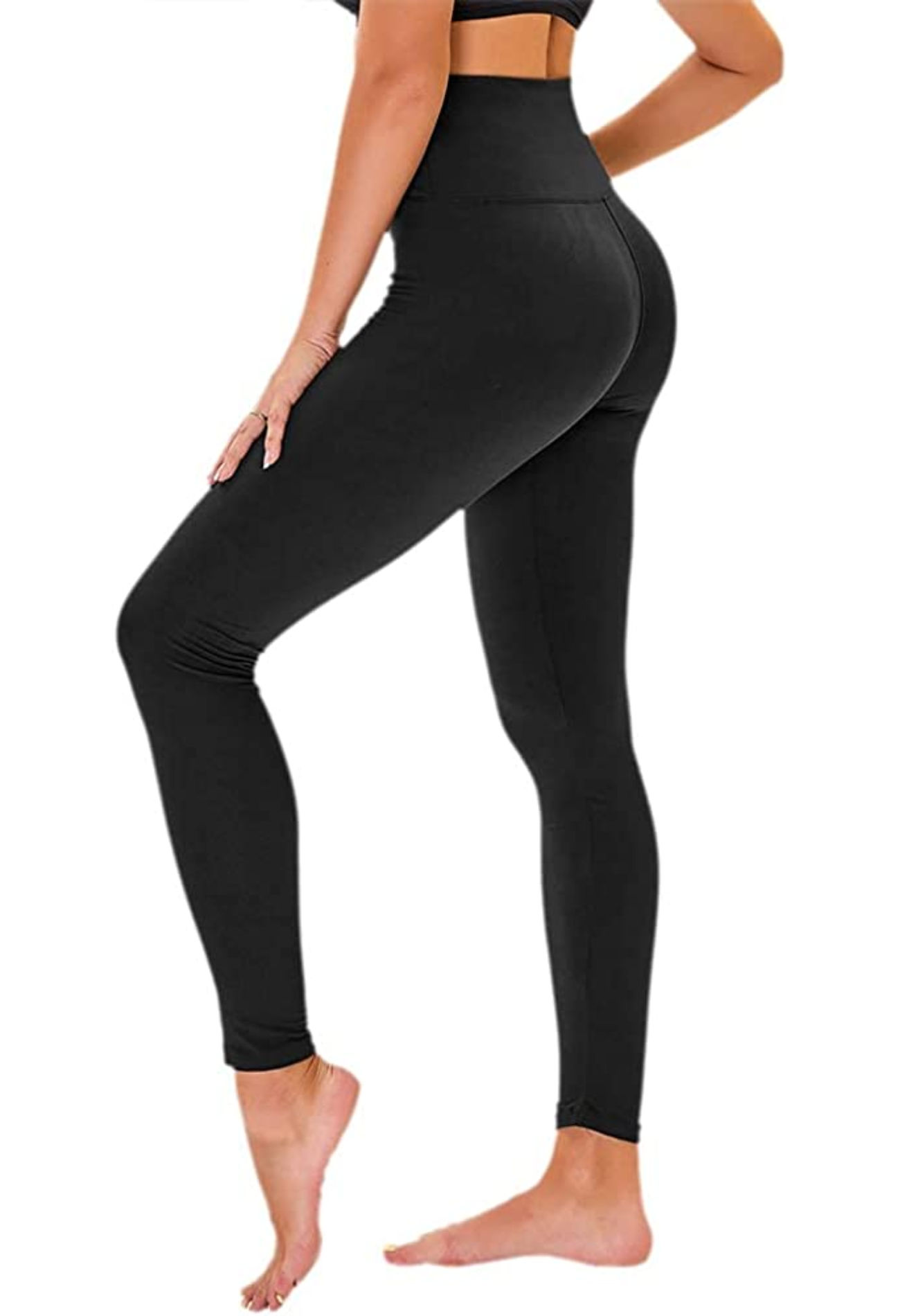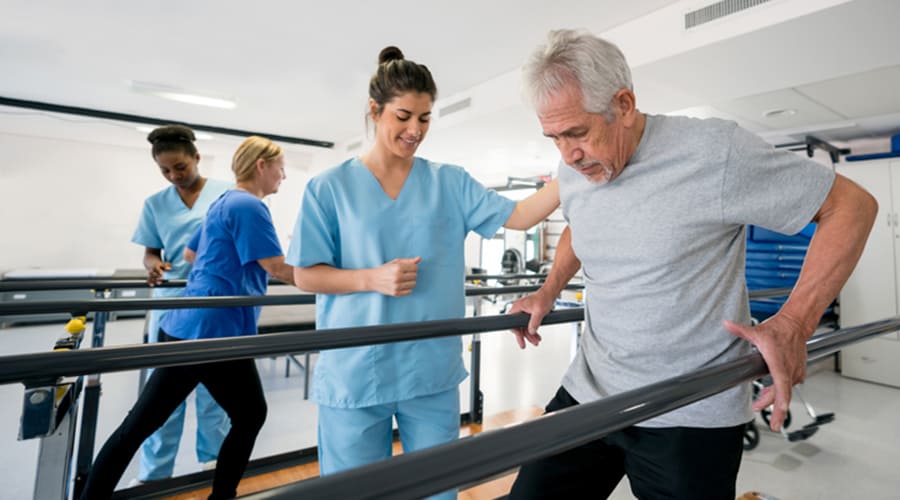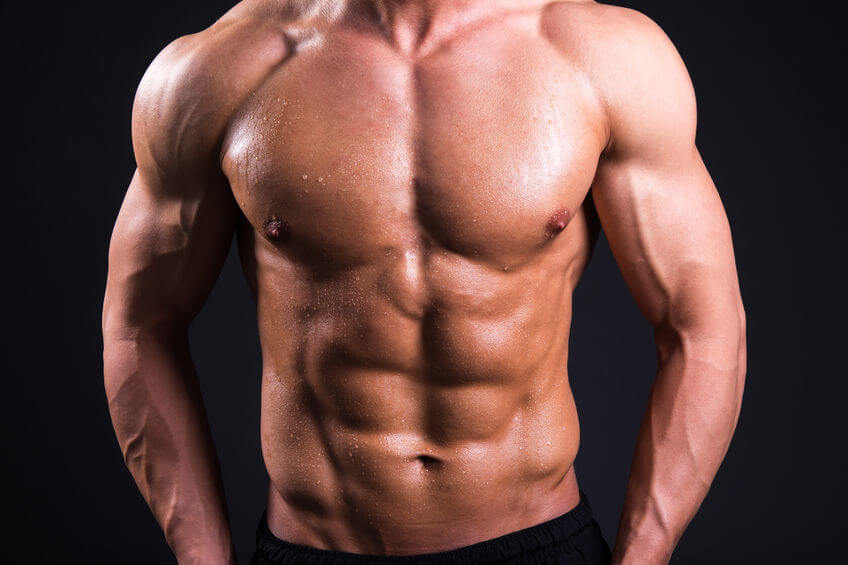
You must be willing and able to learn the skills necessary to become a personal coach. Not only will you need to be a competent trainer, but you also have to master the art of marketing. In this article, we will discuss some of these skills. CPR and AED certification are essential. It is also discussed what the pay will be for this job. Personal training is an interesting career choice that may appeal to you if you are looking for a rewarding career.
Work requirements
The job requirements of a personal trainer may vary greatly from gym to gym. Some personal trainers may need to handle administrative work as well as train clients. You might also need to recruit clients or maintain a client base. Some trainers work twelve hours a day, while others work shorter hours. Others may spend only a few hours a day in public places, such as parks. Other trainers might work on cruise ships and in private homes.
Personal trainers must be excellent communicators. They must be able communicate different exercises and plan in a way that motivates clients. Aside from being able to explain the exercises and plans to clients, they should also be able to listen and understand their needs. A person who is outgoing and friendly helps you attract more clients.
Education necessary
Personal trainers can only be 18 years old. You can get this education by working or attending college. You can also earn your GED or take a course online. Technical skills are also required to interact with clients.

There are many career options for those who are certified in this field. Many people work at health and fitness centres, while others work in hospitals and educational institutions. This job is both rewarding and challenging. This career is rewarding and challenging. You will be helping clients achieve their fitness goals while creating a positive environment.
AED and CPR certification
You will need to be able to perform CPR and AED if you want to become a personal trainer. The American Red Cross offers online and in-person classes. You can learn at your own pace and take part in interactive lessons online. It will also continue to provide you with access to the course materials after you've finished the course. American Heart Association also offers classes in person and online certification. You can also take self-directed video-based CPR classes, which can be completed within 20 minutes. You can also review the videos whenever necessary.
AED certifications and CPR certifications can be a valuable skill to add on to your resume. These programs are designed to help you help those in need and save their lives. CPR is also known as Cardiopulmonary Rescue. It involves applying chest compressions to start a person's hearts. This vital step is essential to help sustain life until help arrives.
Pay
Perhaps you're a new personal training professional and are wondering how to get clients while making six-figure income. Fortunately, there are many ways to earn money in the fitness industry. These include offering free trials, offering group workshops, and engaging in social media communities. You must also market yourself effectively to become a successful independent personal trainer. You need to build a reputation and establish relationships with your clients.
Working as a personal trainer is a great option for fitness enthusiasts who love to exercise. Many personal trainers enjoy their work because it involves helping people reach their fitness goals. You have many options and flexibility in this career. It is important to consider all factors before choosing this profession.

Hours of operation
Personal trainers can work flexible hours. Clients can be scheduled in the morning or evening, and on weekends as well. Clients can be trained in the privacy of their own homes or at a local facility. You can train people even on cruise ships!
A personal trainer working full-time with clients will spend approximately forty hours per week. Additional hours may be spent at the front desk or in the gym. They can also handle new business, and manage company operations. When setting your working hours, it's important to think about the needs and preferences of your clients.
FAQ
How many hours of sleep should I get every night?
The recommended sleep amount varies based on age, gender, individual needs, and other factors. Most adults need between 7 and 9 hours of sleep per night. Teenagers and children typically need about 10 hours of sleep per night, but this number decreases as they grow older.
Can I exercise after eating?
It all depends on the type of exercise that you are doing. Avoid strenuous exercise after meals as it can cause stomach cramps. Focus on light aerobic activities such as biking or brisk walking.
What are Cardio Exercises?
Cardiovascular exercise is any activity that requires your heart and lung to work harder than normal. You can do this by running, swimming, biking, rowing and bicycling. These activities burn fat and raise your metabolism. They are also great ways to keep fit.
What Are Resistance Training Exercises?
Resistance training can be done with weights or other objects. Lifting weights helps strengthen your arms, shoulders, chest and back, as well as your legs, hips, and core. Resistance training promotes strength, muscle mass, and bone density.
Which Is More Important: Exercise, Diet, or Sleep?
This depends on what you're trying to achieve. Diet is key to losing weight. If you are looking to build muscle mass, however, exercise is the best option. Finally, sleep is the least important factor since it only affects how well you perform during the day.
Are there any exercises I should not do?
You should always consult with your doctor before starting any new workout routine. Some people have injuries or medical conditions that prevent them from doing certain types of exercise. Also, some activities require special equipment or training. Swimming, for instance, requires both a swimsuit as well as access to the pool.
Do I need to get warm before going out?
Warming up before you start an activity will reduce muscle soreness. Warming up can take many forms, including walking, running or jumping rope, stretching, or cycling. Start slow and slowly increase your pace.
Statistics
- In 2018, the World Health Assembly agreed on a global target to reduce physical inactivity by 15% by 2030 and align with the Sustainable Development Goals. (who.int)
- In high-income countries, 26% of men and 35% of women were insufficiently physically active, as compared to 12% of men and 24% of women in low-income countries. (who.int)
- Adolescent girls were less active than adolescent boys, with 85% vs. 78% not meeting WHO recommendations of at least 60 minutes of moderate to vigorous intensity physical activity per day. (who.int)
- According to the Centers for Disease Control and Prevention, chronic diseases cause 7 out of 10 deaths in the U.S., and treating chronic diseases accounts for 86% of U.S. healthcare costs. (mana.md)
External Links
How To
How To Burn Belly Fats Faster
Belly Fat is often considered a problem for those who want to lose weight. If you look at it, belly fat is actually a positive thing. Your organs are protected by the fat around your stomach. Let's now see how to quickly lose belly fat.
The main factors that lead to body fat storage are stress and lack exercise. Cortisol hormone is stimulated by stress, which causes us to feel constantly hungry. Cortisol levels are increased by insulin. The excess calories stored as fat are then stored by insulin. The release of adrenaline from our bodies causes increased appetite. Exercise helps to break down these extra calories.
There are many ways you can reduce belly fat. You can choose to try any of these options, depending on your budget. Here are some quick tips to get rid of belly weight.
-
Reduce the amount of food you eat. Instead of eating three large meals a day, eat smaller meals. This will help you consume less calories.
-
Drink lots of water. Water flushes out toxins from your body and keeps you hydrated. Drinking water prior to every meal will ensure that you are satisfied for longer periods of time and won't eat too much.
-
Avoid unhealthy snacks. If you're looking for quick fixes, snack foods like chips, cookies, candies, etc. Although tempting, they can be very unhealthy. These fattening treats are best avoided as they have too many empty calories and sugar. Choose healthy options like whole grains, fruits, vegetables, nuts, seeds and nuts.
-
At least three times per semaine, do strength training. Strength training builds muscle mass that burns more calories, even when it is done while you rest. It also strengthens bones, muscles, ligaments, tendons, the heart, lungs, and joints.
-
Move regularly and stretch. Stretching can improve flexibility, mobility, and reduce back pain. Walking is a great way of burning calories, especially when you do it for just 30 minutes.
-
Reduce alcohol intake. Alcohol adds empty calories to your diet and has no nutritional value whatsoever.
-
Slowly lose weight. Finding out your current weight is the first step in losing weight. Next, calculate your ideal weight by adding between 5% and 10% to your total body weight. Once you have determined your ideal weight, you can start to reduce your calorie intake by 500-1000 calories per day until you reach it.
-
Avoid processed foods. These foods are high on sugar, salt, and additives. Although they are convenient, processed foods don't have enough nutrients to sustain your health.
-
Don't skip breakfast! Breakfast is good for your concentration, memory, and energy. You should have protein (such as eggs) and fiber (such as oats) for breakfast.
-
Have regular bowel movements. Constipation and irregularity can cause gas and bloating. To prevent this, drink plenty of water and increase fiber intake.